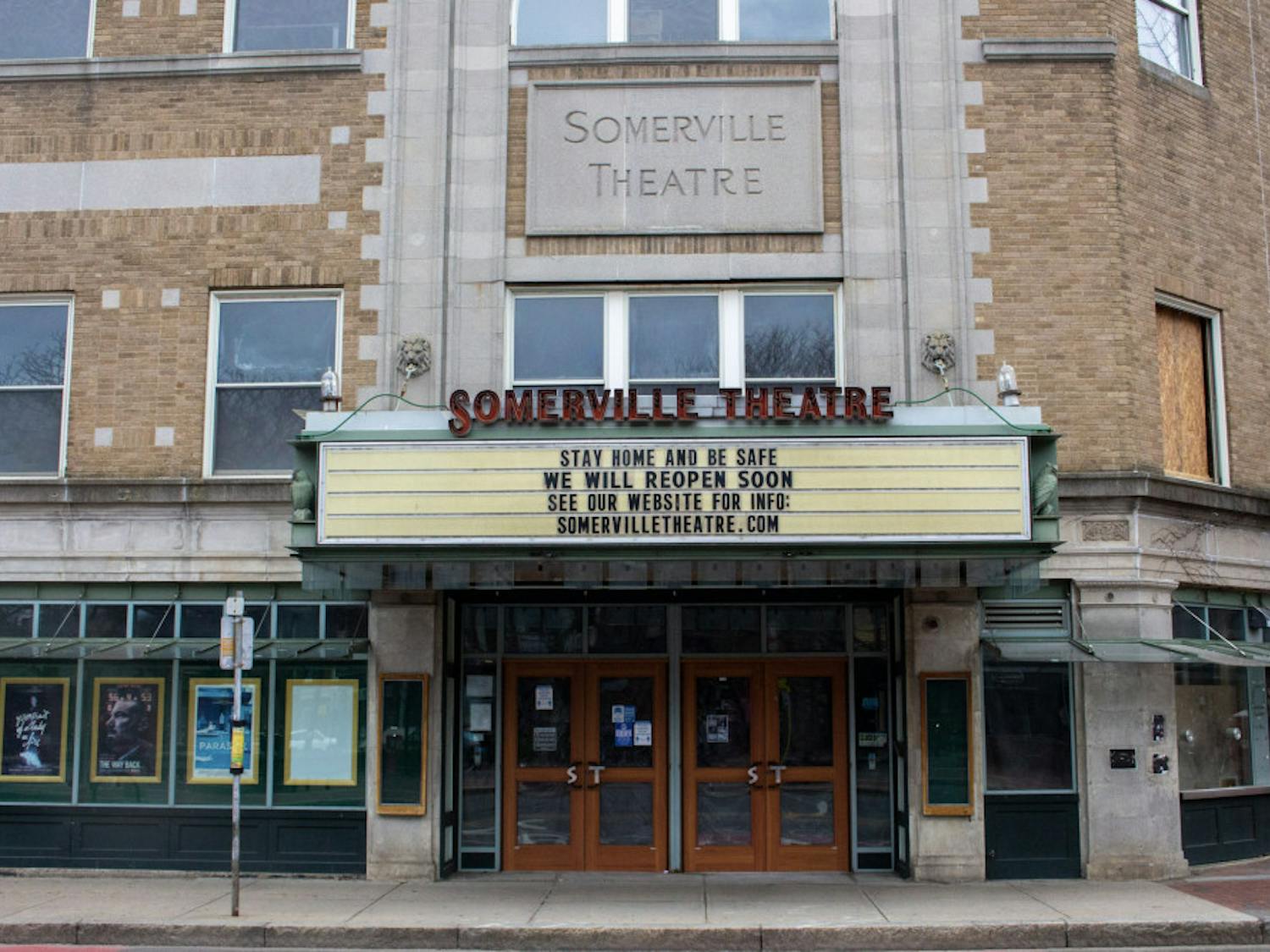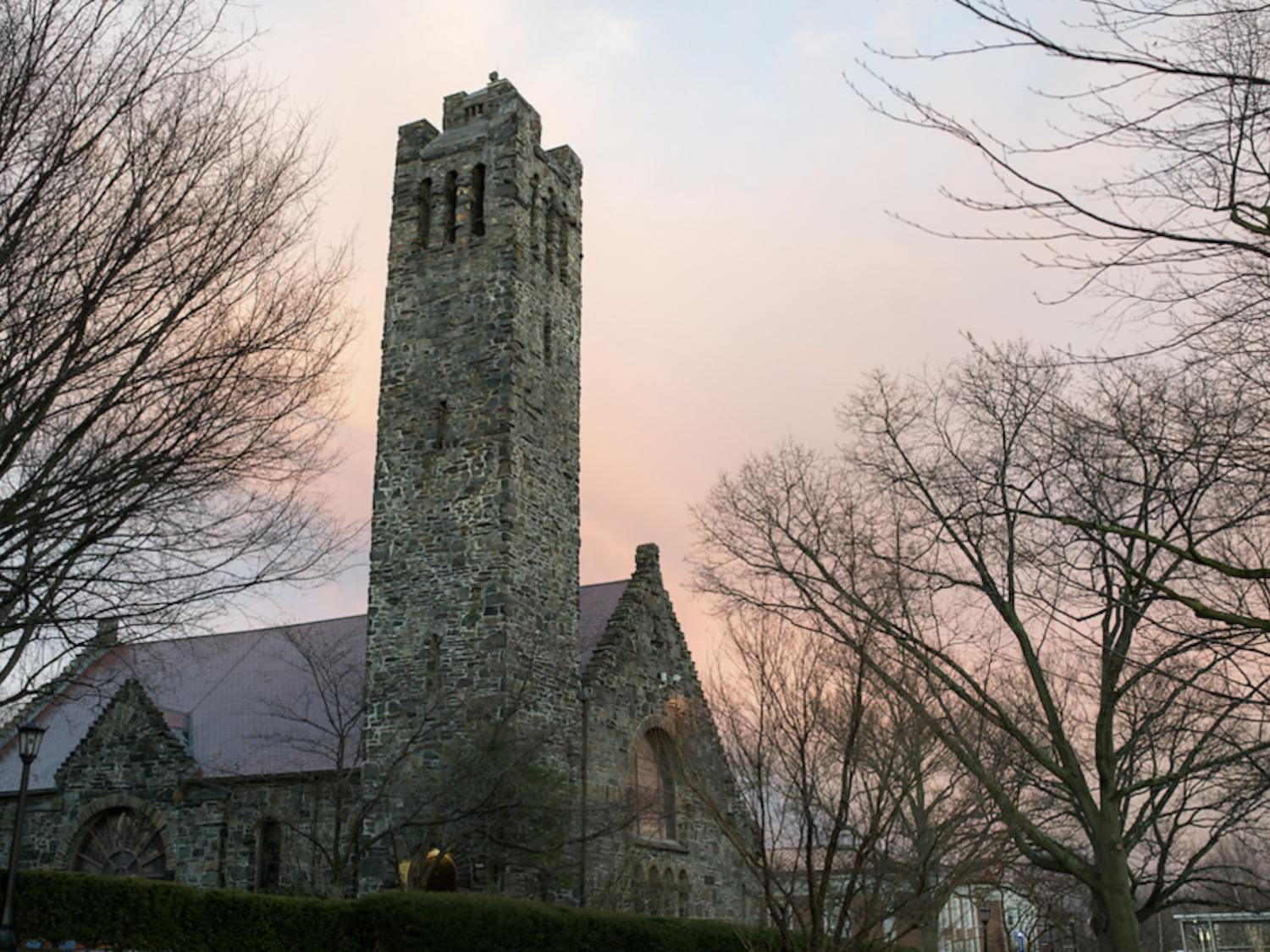More than meets the eye: Somerville Theatre
By Lena Leavitt | April 22The theater is a family business; only three families have ever owned it. After Joseph Hobbs built it in 1914 as part of his Hobbs building, which included a basement café, a bowling alley and billiards, the theater hit the ground running with weekly plays, vaudeville performances, opera shows and the hot new craze: films.






